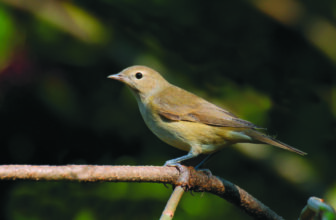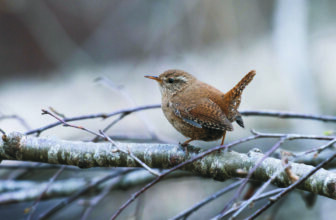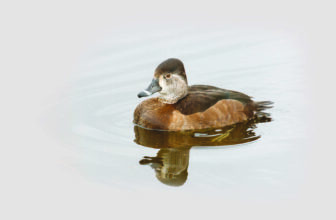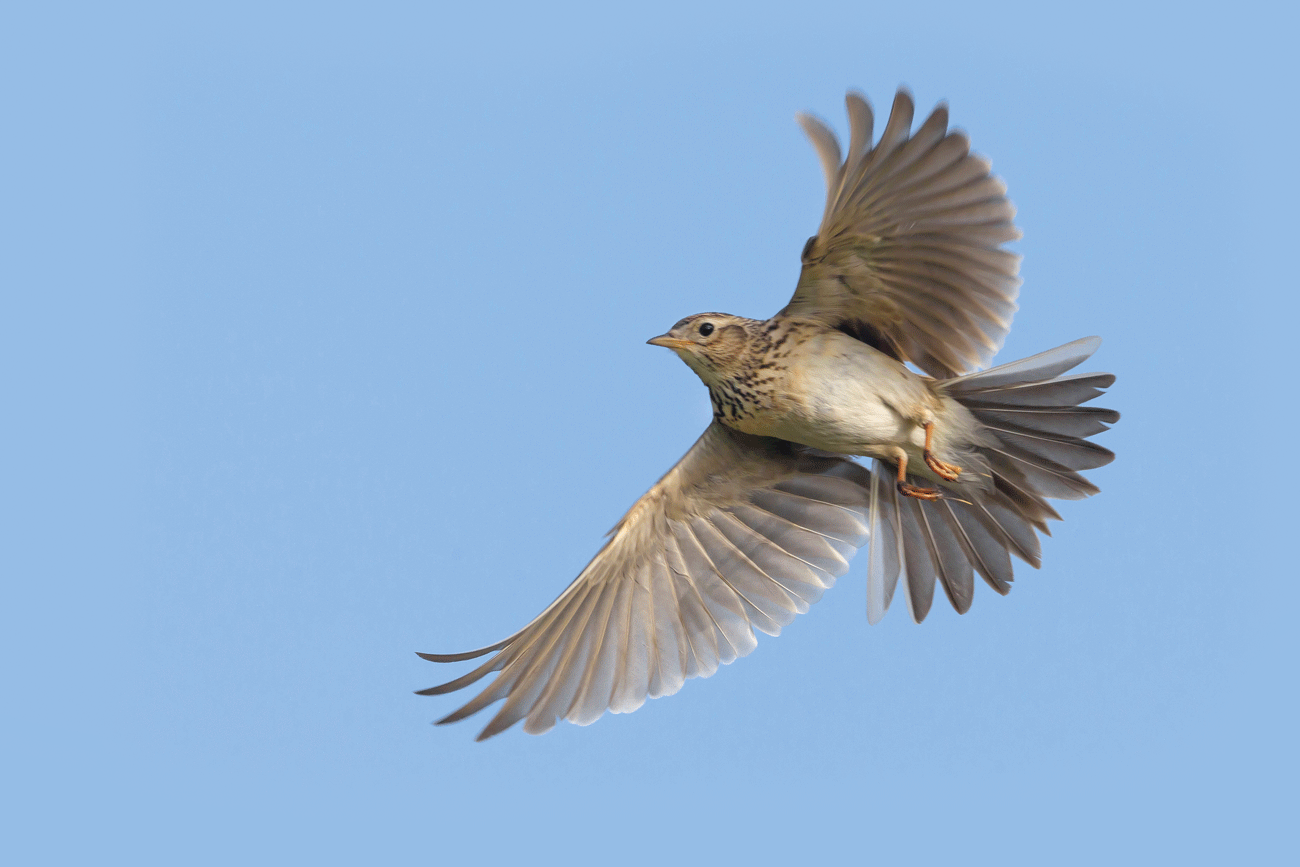
Main Photo: Skylark (Alauda arvensis)
There was I, gazing up into the apparently empty sky with my ‘bins’ when a passing dog walker on the public footpath asked what I was looking at.
It was a distant speck in the blue but the magic music cascaded down onto the fields all around where we stood.
‘It’s a Skylark…’ I offered.
‘Can’t see a thing’, she said.
‘But can’t you hear it?’ I asked.
The complex compilation of continuous notes raining upon us from above was surely hard to miss for anyone with decent hearing and ears attuned to heavenly possibilities.
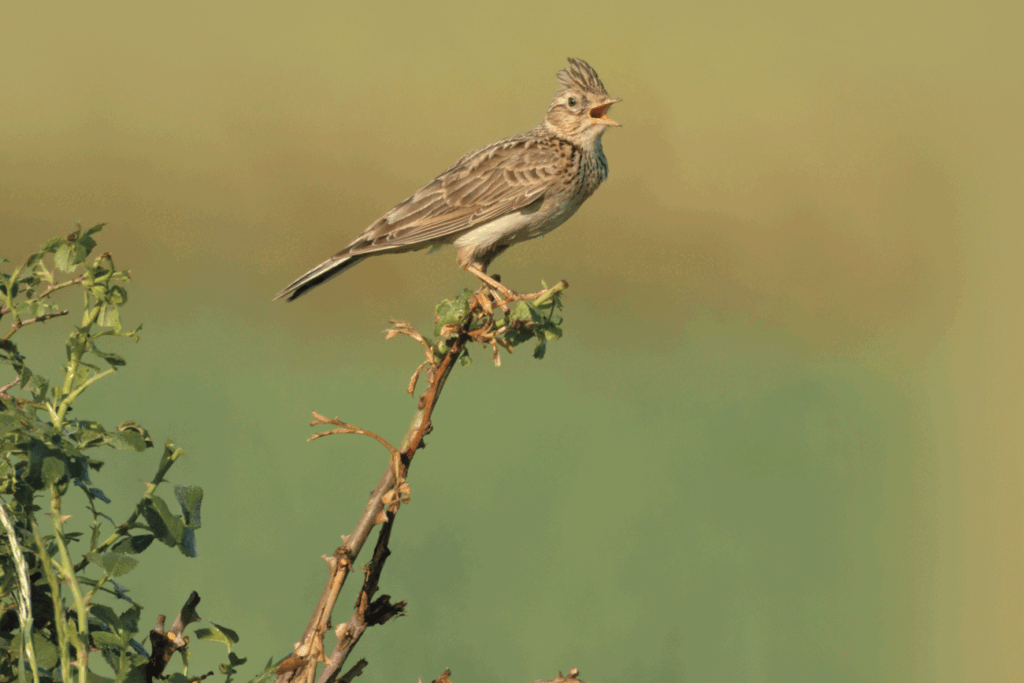
She tilted her head and suddenly it registered. A smile swept across her face and she told me: ‘What a beautiful song. Skylark, eh? I walk here regularly but have never noticed one before.’
Next time she will be ready.
And if you’d like to give your soul a lift and your aural senses a treat then this merry month of May really is the time to get out on our village’s footpaths and listen for one before the wonderful free-to-view show ends.
Summer is yet to arrive but the best of the song will soon be over for the year so do go while you can.
I first heard them ‘tuning’ up on a mild day back in late January and in the last few weeks they have been at it non-stop, seemingly from dawn until dusk.
The Skylark, featuring a raised crest, a white stripe through the eye and on the trailing edge of its rounded wings, has some interesting local connections.
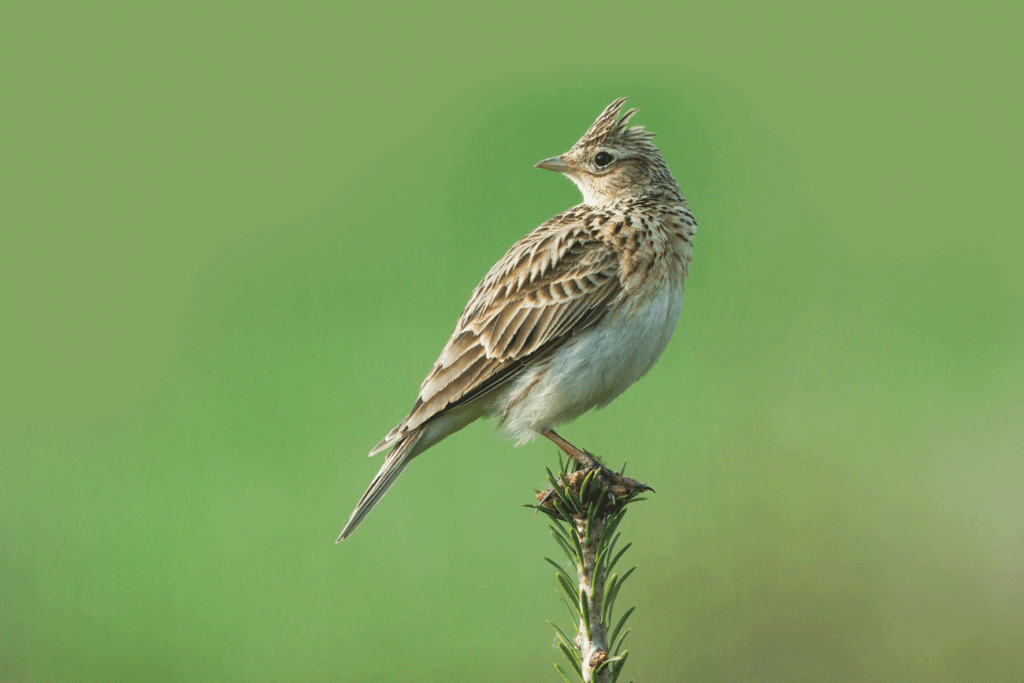
The novelist and poet George Meredith, who lived a stone’s throw from Box Hill, describes its song so well in his 1881 poem ‘The Lark Ascending’, which includes the lines:
‘He rises and begins to round
He drops the silver chain of sound
Of many links without a break
In chirrup, whistle, slur and shake
All intervolved and spreading wide
Like water dimples down a tide
Where ripple ripple overcurls
And eddy into eddy whirls’.
This poem went on to inspire our local composer Ralph Vaughan Williams, who grew up at nearby Leith Hill Place, to write his famous 1914 musical piece of the same name.
Fortunately the Skylark, an apparently largely brownish bird until close observation reveals a subtle upperparts mixture of black, brown and orange streaking, can still be found in the open areas around Leith Hill.
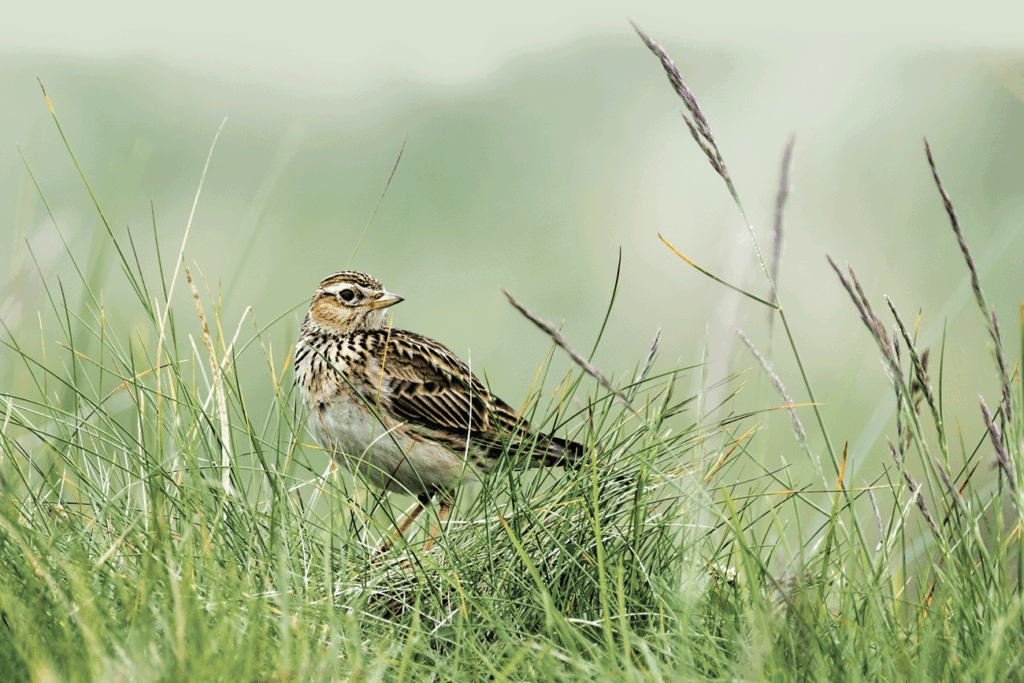
Ascending Skylarks look incredible. They rise vertically, reminding me of the Hawker jets once seen at Dunsfold Airfield. The aeroplane has of course long gone from this site and the birds’ territories have been obliterated there too – and elsewhere around Cranleigh – by ongoing ‘development’.
Way up high, the Skylark belts out its non-stop jumble of whistles and chirrups as, lost to the naked eye, it hangs in the air for up to an hour or more.
Descending Skylarks are not to be missed either. They put on a heart lifting display, parachuting down using their raised white sided tails as air brakes.
They land where they took off and in the breeding season they will then scurry away under the cover of grassland where their mate or young may be hiding.
These birds are ground nesting birds, and ‘Red-listed’, which means their numbers have dropped by over 50% in the last 25 years, or longer.
So that’s a good reason to always stick to the footpath and not be tempted to try and find them ‘on the deck’, nor let your doggie wander off the lead.
With patience they can be seen showing their raised crests on fences, posts, telegraph wires, trees or on bare patches of earth.
Go on – go have a lark!




